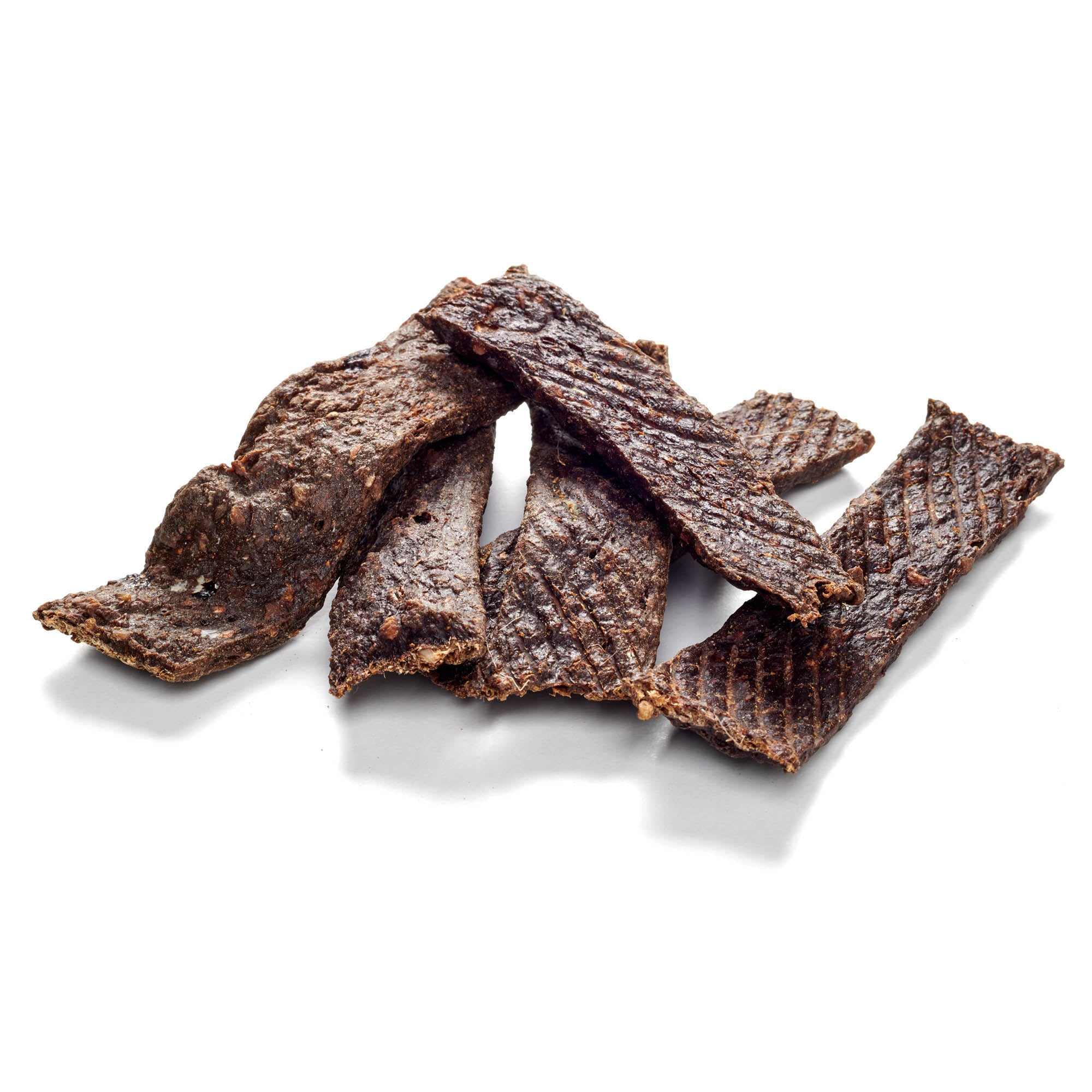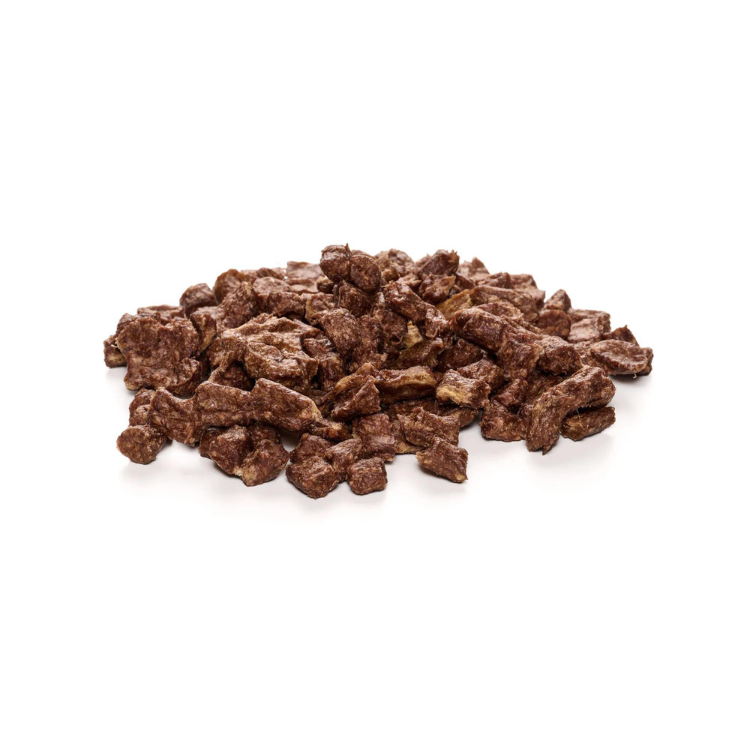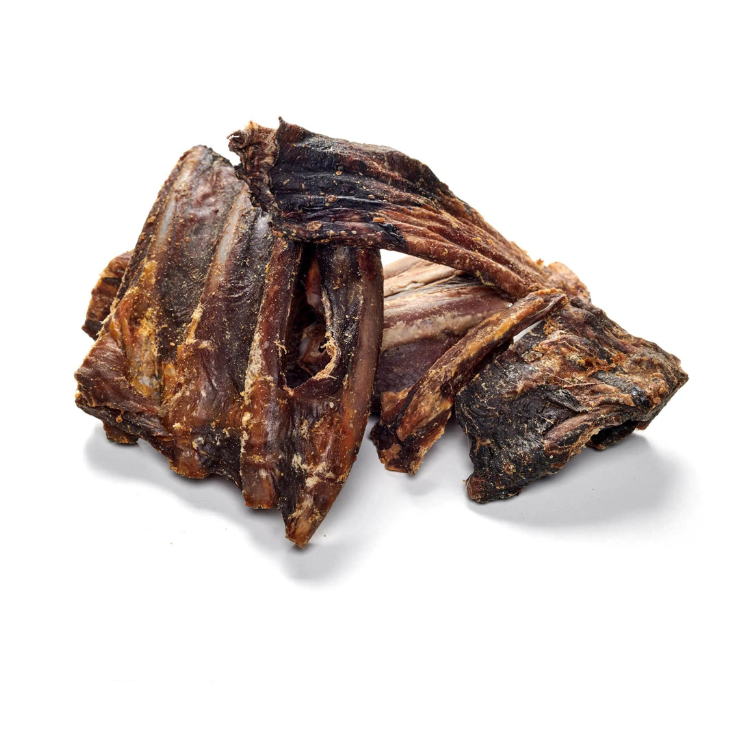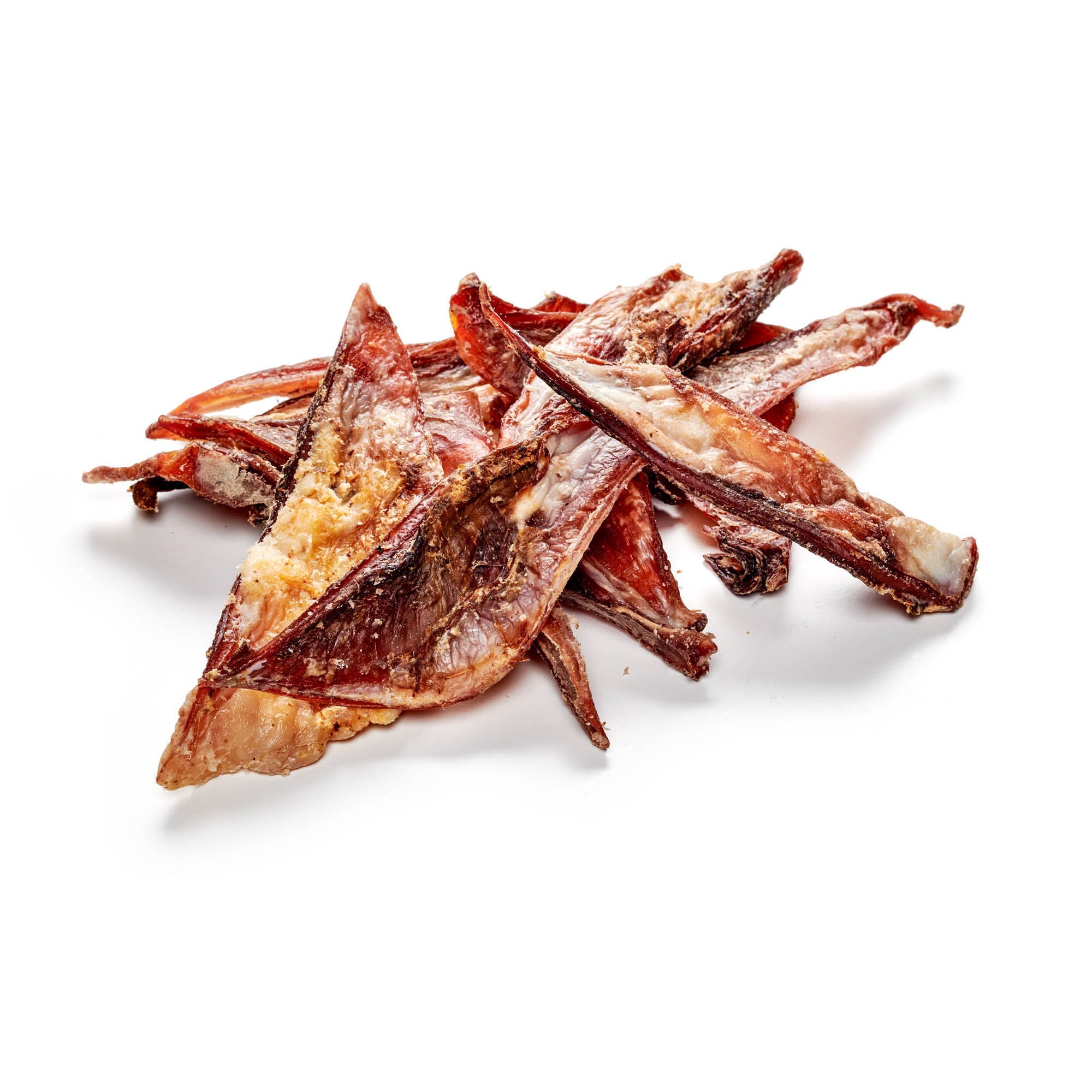
Dog training - what you should know about the topic
Share
In this article we will tell you what you should know about dog training. Among other things, you will learn how to train puppies, what adventures you can offer your dog and what problems can arise during training. Training dogs The phrase "training dogs" still has a bad aftertaste from the past. This underlying fear of many dog owners is now completely unfounded. You are probably familiar with the phrase: "People learn throughout their lives." This statement also applies to dogs. We will explain what you need to know about the topic.
- General information about dog training
- Puppy training
- Training in puppy school
- Getting your dog used to the litter box
- Young dog training
- Dog in training (experience round)
- Dog sports
- Dog training exercises for home
- Problem dog
- Training for old dogs: Grey snouts
- Conclusion
General information about dog training
Of course, we have to take into account differences in the different phases of a dog's life. Age is very important here, while the breed of dog is less important. Training must be tailored to the current phase of your dog's life. Every dog goes through four main phases:
- Puppies (kindergarten and pre-school)
- Young dogs (primary school and secondary school)
- Adult dogs (school leaving certificate and further training)
- Seniors (refresher and repetition)
Reward your dog with our high-quality chew products!
In all of these phases, training is geared towards your dog's individual character, his needs and the promotion of better coexistence with his environment. Force or pressure should never be used. With consistency and empathy, training with your dog will be a success.
Puppy training
Preparing for life is a priority for puppies . Everything that is normal later falls into this period of puppy training. During this phase, it is of utmost importance to be consistent and to convey to your puppy with love and patience what you expect from him.
Don't overwhelm your little housemate. As soon as he gets tired or you become impatient, stop the training session. The emotional bond between you and your dog must first grow. Any scolding or impatient reaction can make the puppy afraid.
Instead, work with praise. Just become a "monkey". This will make you more interesting for the little rascal. A treat as a positive ending can also be helpful.
Training in puppy school
Puppies are often trained in dog school, where they practice social behavior with other dogs of the same age. There they are playfully prepared for various objects such as tunnels and seesaws. The basics of initial commands are also consolidated. Attending puppy school is a useful addition to training at home.
Getting your dog used to the litter box
Litter box training can be useful for small breeds of dog under certain circumstances. However, it is not recommended during the puppy phase, as house training is uncertain at this age and setbacks can occur. If house training is not yet established, litter box use can negate all previous measures.
Young dog training
This phase of growing up requires a lot of patience from you. Depending on his temperament and character, your furry friend will suddenly "question" the commands. He will discover his hunting instinct. He doesn't just run after cats and birds. Joggers, cyclists and cars also easily become objects of hunting.
See also: Jogging with a dog
The bond between you and your dog must be deepened. The basic commands must be learned and followed. None of this is easy during this growth phase. With consistency and patience, you can get through puberty too.
Training sessions are boring at this age. Your dog also cannot concentrate for long. Create a varied dog training program. Don't develop a "rigid" training plan. Surprise your dog with different training locations (apartment, garden, walking the dog). End the learning sessions with games, fun, praise and treats.
In this phase of life, the following can help:
- Training with food dummy
- Training with a towline
- Training with clicker
- Training with Target Stick
Observe your dog and find out what he enjoys most. Expand on this opportunity. But he should not be overwhelmed mentally or physically.
For example, training your dog to use a crate should not be a "punishment". Make the crate "appealing" to your dog with positive stimuli. You will not have any problems with the crate later on, either in the car, at home or at the vet.
Discover delicious dog snacks directly from our range!
Dog in training (experience round)
During this phase, you may hear or use the term "dog in training." This means taking your adult dog on an "experience walk." This involves combining a normal walk with going to public places like shopping centers, marketplaces, or train stations to practice leash training and obedience commands like "sit," "down," "stay," and "here."
Reliable recall from different situations is crucial. Your command "Here" should be clearly audible to everyone around you, even if it disturbs other people. In such situations, training with a dog whistle can be considered, as the sound is inaudible to the human ear but appeals to your dog's fine hearing.
Dog sports
If your adult dog loves physical and mental challenges, there are plenty of ways to do them that will be fun for both of you. For example, you can take your four-legged friend jogging, cycling or hiking in the mountains. Training him to be a riding companion can also enhance the experience of a horse ride.
Dog clubs offer courses for agility, tracking and food dummy training, which can also be carried out in your own garden. Agility slalom training, for example, is easy to implement. If your dog likes to pull on the leash, dog pulling sports can be a suitable activity. Here you can let off steam on a mountain bike, a scooter or, in winter, on a sled. Dog sports are not only suitable for large dogs; smaller breeds also have their sporting preferences.
Dog training exercises for home
Keeping your dog busy doesn't necessarily have to be physical. Mental activity also makes you tired and offers your furry friend plenty of variety.
Do concentration exercises with your dog. You can find lots of suggestions on the internet. Exercises with a sniffing mat, wobble board or balance cushion can also be carried out in small apartments.
Don't forget the target stick. This tool is ideal for learning tricks during the long periods of bad weather.
- House training
- listen to the name
- Getting used to collar/harness and leash
- Getting used to the dog basket
- Basic commands (sit, here, no)
- Walking with a leash
- Visit to the vet
- Environment (road traffic, lift, different surfaces)
Problem dog
Sometimes a dog comes from an animal shelter and brings with it special challenges due to its previous life. Training fearful dogs requires patience and sensitivity. It is important to make your dog feel safe in his new environment. Leash training can offer him freedom while you remain in control.
Training with a food bag can help strengthen the bond between you. When using a Halti harness, you should seek professional help as it is not easy and can lead to injury if used incorrectly. Make sure anxious dogs wear well-fitting harnesses as some of them are escape artists. Above all, do not pity or comfort your anxious dog as such reactions can increase his fears. Only respond positively when he returns to normal. Observe your new family member and tailor the dog training to his individual needs.
Training for old dogs: Grey snouts
The statement that "older dogs can do anything and no longer need dog training" is not correct. Older dogs are by no means "old hat". You can train your senior dog just as you used to, although you will have to make physical sacrifices.
Concentration exercises, search games and balance cushions should continue to be part of your older dog's everyday life. Integrate the repetition of learned commands into your walks and challenge him mentally and physically. This will keep him young and prevent him from becoming a grumpy old man or woman.
Suddenly your grey Schnauzer may even discover how to fetch, even if he hated it before. Take advantage of this new interest and train him with a clicker or target stick to bring him slippers or newspapers, for example. This way he can take on a small task in everyday life, because even seniors can still learn new things.
Conclusion
In summary, dog training means nothing more than learning and practicing. Individual dog training makes it easier for the dog to live together with the family and the environment. The human-dog relationship is deepened and strengthened. Good dog training is fun and has a positive effect on the environment.
Regardless of whether it is about training small dogs, working dogs or sports dogs, the basic training is the same for everyone. All further training units are put together individually according to the needs and interests of the dog and owner. Every dog is an individual being and should not just "function". Give him the tools for a long, safe and balanced dog life in our modern society.
Discover our selection of premium dog chews!













